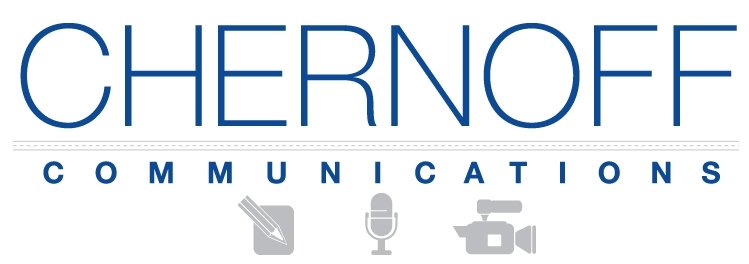As much as any modern-day crisis, the COVID-19 pandemic highlights the challenge of effective messaging in a dynamic news environment.
In its latest change of direction, the Centers for Disease Control on July 27 reversed course on mask wearing, calling for vaccinated people to once again wear masks indoors in regions where infections are on the rise, after having said two months ago those who are vaccinated no longer needed to mask up. It’s easy to lay blame with the CDC for inconsistent messaging, from masking directives to travel guidance to advisories on transmission of the COVID-causing SARS-CoV-2 virus. The CDC has repeatedly adjusted its advice and gotten plenty of grief for it.
But the fact is our knowledge about COVID-19 has evolved and the severity of the virus’ threat has alternated with time. Now, as the virulent Delta variant of the SARS-CoV-2 virus grows in strength, and as vaccination rates wane, the risks of transmission are rising again.
In such an environment, when a story is changing, sometimes rapidly, the standard communications rule that calls for consistent messaging is an inadequate guide. Yes, messages should be consistent as possible. But they also must remain accurate and timely.
Here’s how organizations can communicate effectively in such a dynamic news environment:
Level with the public: Explain in clear and unambiguous terms how the facts have changed and why that necessitates a change in position.
Provide frequent updates: To maintain control of the narrative in a story that keeps changing it’s essential to keep the news media updated. By sharing the latest information, you have the best chance of ensuring the news flow remains factual, rather than allowing misinformation to spread in a news vacuum. If the number of COVID-19 cases continues to escalate public health officials should increase the frequency of their press conferences.
Make it relevant: When possible, messaging should tell your audience why this information matters to them as individuals. After all, most people prioritize their own family’s wellbeing above the public good—they listen with a WIIFM ear (“What’s In It For Me”). Rather than simply advising the public to get vaccinated, President Biden could convince more of those who are hesitant if he were to publicly speak with former anti-vaxxers who are now recovering from severe cases of COVID-19.
Acknowledge your concern: Demonstrate that you care about your audience’s welfare so that you are perceived as a trustworthy source of information.
Utilize credible spokespersons: The highest level of vaccine hesitancy has been in communities of color. Federal government and health officials, nearly all White, failed to convince many Black and Latinx individuals to get vaccinated. New York City responded with an effective public service TV ad that featured the City Health Commissioner Dave Chokshi and his deputies, all people of color, who vouched for the vaccine’s safety and efficacy.
Fight misinformation: Lies need to be shot down to limit their spread. The White House shouldn’t go to war against conservative media outlets. But when commentators make false claims that damage public health, leaders need to respond with facts.
This issue of misinformation has been a great challenge for health officials, especially in 2020 when the President of the United States downplayed the danger of COVID-19 and personally opposed mask wearing. This effectively handcuffed public health officials. Ever since, they’ve been struggling to recover and effectively communicate with COVID-skeptics, which is why the guidelines above are so important.
